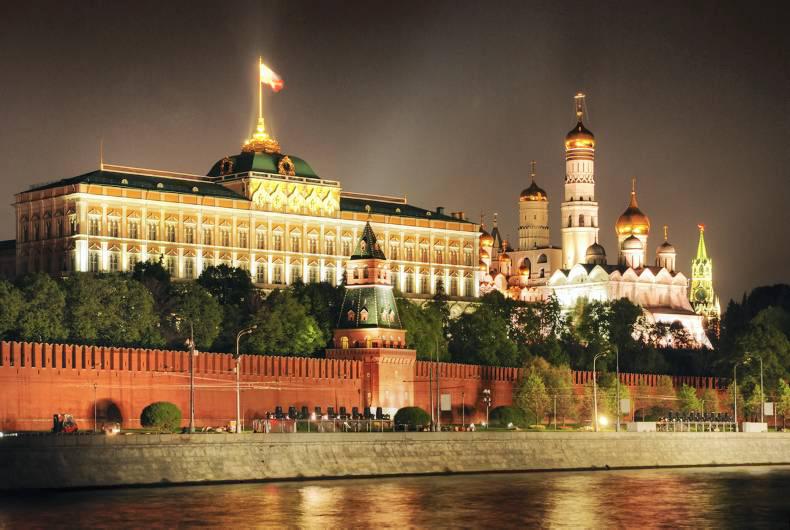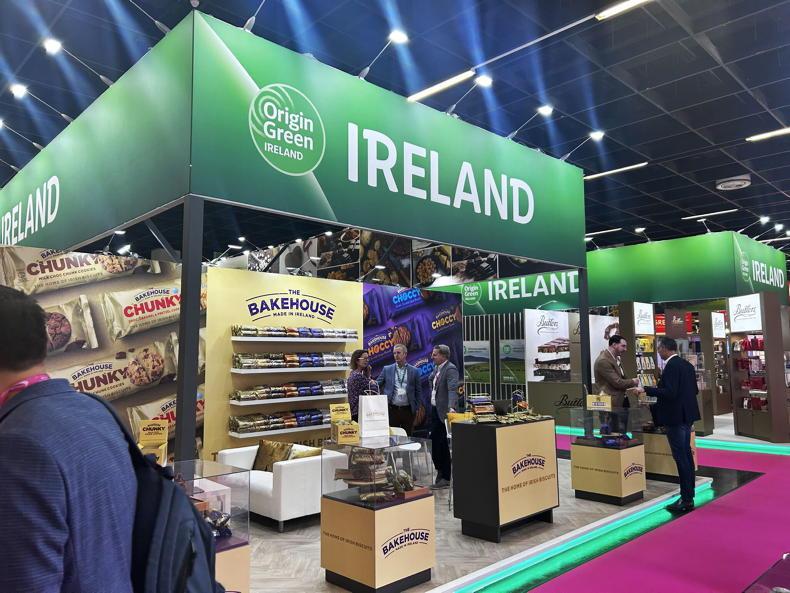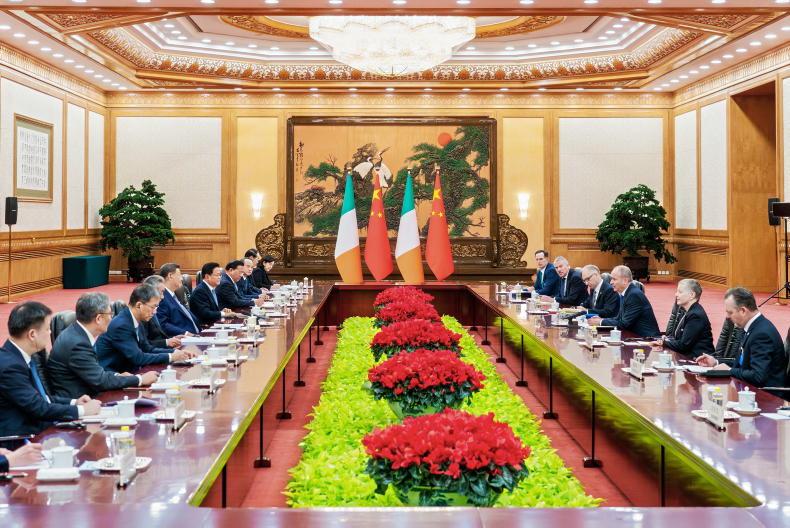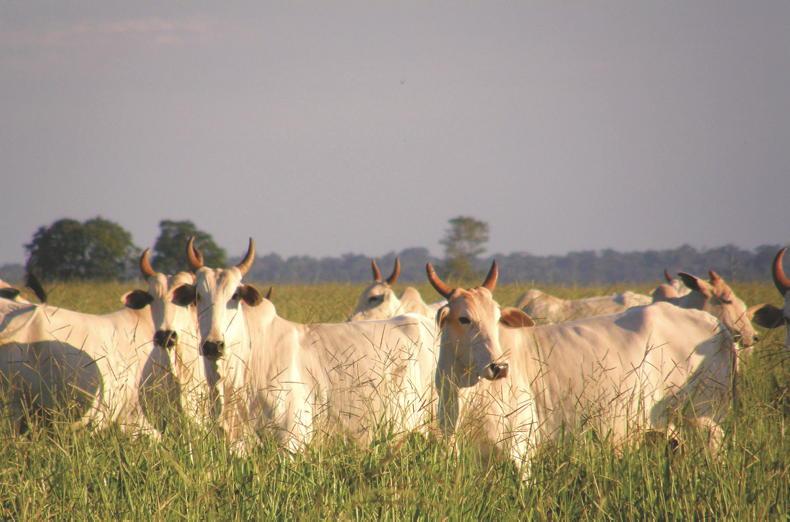Total confidence and stubborn defiance – these are the two clear and unequivocal messages coming out of Russia this week. Russians can make these claims with complete confidence because their foundation lies in the deep black earths of the country’s richest and most fertile agricultural plains – the Russian Steppe.
The record yields of this year’s second in-a-row bumper wheat harvest were replicated in all other Russian crops. Small-scale peasant farms and private plots occupy only 20% of Russia’s farmland. But traditionally they have always accounted for over 60% of Russia’s total agricultural production. This year, their contribution is likely to be nearer to 70% of domestic food supply.
Investments in Russia’s very large corporate farms will no doubt be greatly stimulated by this year’s wheat harvest. Therefore, autumn and spring sowings will be up substantially on even the best year on record.
On the back of this, and the general food import embargo, large Russian livestock farms are also investing and growing at record rates. Corporate Russian pig and poultry farms, in particular, are already highly efficient and productive. For example, Russian agribusiness farming groups such as Miratorg (pig) and EuroDon (poultry) are five to 10 times the size of the biggest European or US equivalent.
Miratorg and EuroDon are based on US production models. But both of these Russian groups rely on essential Irish and Irish-Canadian breeding stock and technology systems. Specifically, Hermitage Pedigree Pigs from Co Kilkenny and Cuddy Poultry Farms are the main suppliers of breeding stock and expertise to these groups.
A plentiful supply of home-produced grains and protein feeds completes the mix. Cheaper feeds will also ensure that the growth and expansion of these, plus all other Russian livestock farms, will be much easier, considerably faster, and more profitable.
In the cities, investments in Russian food services and infrastructures have never been higher. While western politicians continue to become unstuck in a crazy new cold war, US and European agribusinesses are looking the other way. Specifically, western food production and services groups continue to ramp up their investments in lucrative Russian projects.
Flagship
The flagship of this investment is McDonald’s. When given a choice between a cold war or a Big Mac, Russians have no problem making up their minds. Today, and every day, at least one million Russians will eat in McDonald’s. Recently the US fast food chain opened its 500th restaurant in Russia beyond the Ural Mountains. Another 20 McDonald’s outlets will soon be opened all over Siberia.
All the other US fast food groups are also expanding like mad in Moscow, and right across Russia. Hot on the heels of McDonald’s, are Burger King, KFC, Pizza Hut, Dunkin’ Donuts and others.
And now even a homegrown Russian version of McDonald’s is about to be launched. Yedim Doma “Let’s Eat at Home” is a Putin-backed group which is now planning to open over 40 McDonald’s-style outlets.
The Economist’s Big Mac price index, explains the reason for these seemingly irreversible trends. After India, Ukraine, and Venezuela, Moscow has the lowest-priced Big Mac in the world. Today, a Big Mac in Moscow will cost you the equivalent of €1.88. The same Big Mac in Ireland will cost you €4.05.
The big discount on the Russian products mainly reflects the devaluation of the rouble over the last year. The rouble is now under-valued by 61%.
Is it now time to call your broker and buy roubles or Russian Big Macs?
Brendan Dunleavy is a Co Cavan native who has over 20 years’ experience as an agricultural adviser in Russia and Ukraine.











SHARING OPTIONS